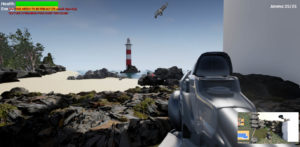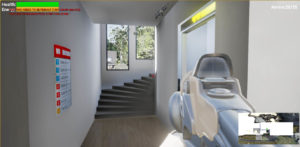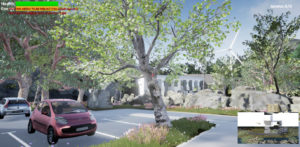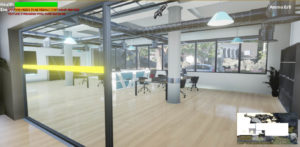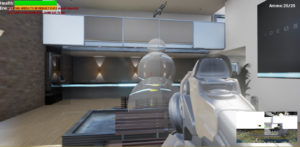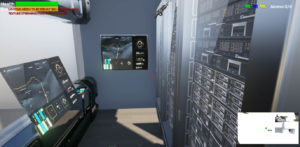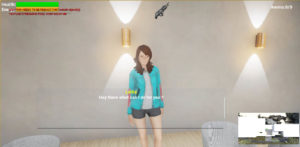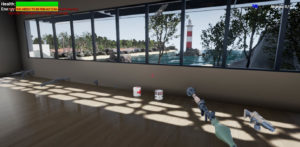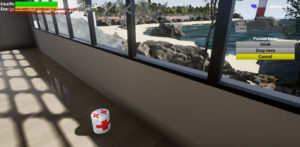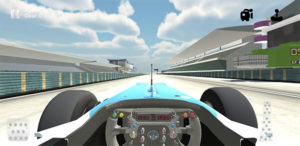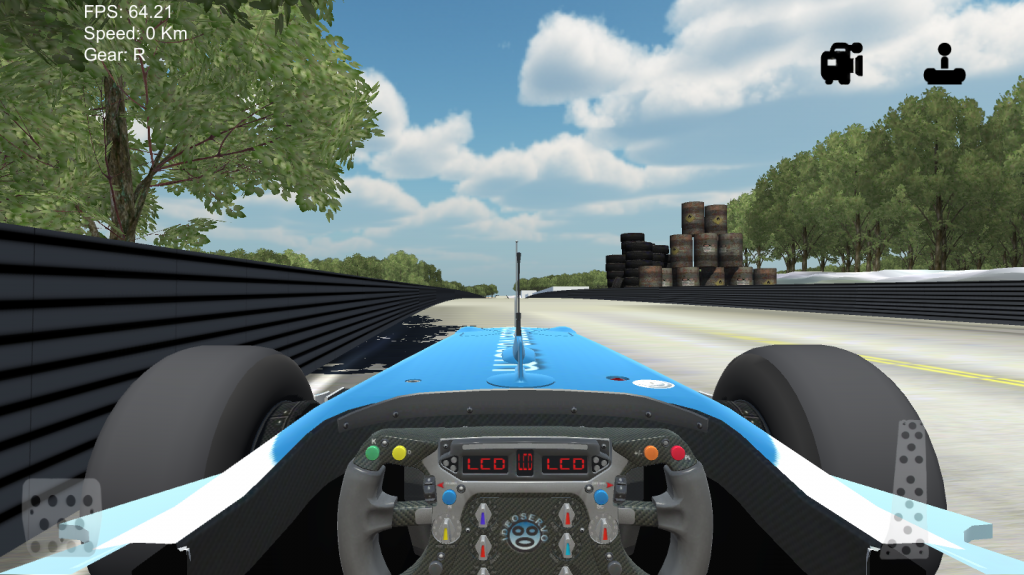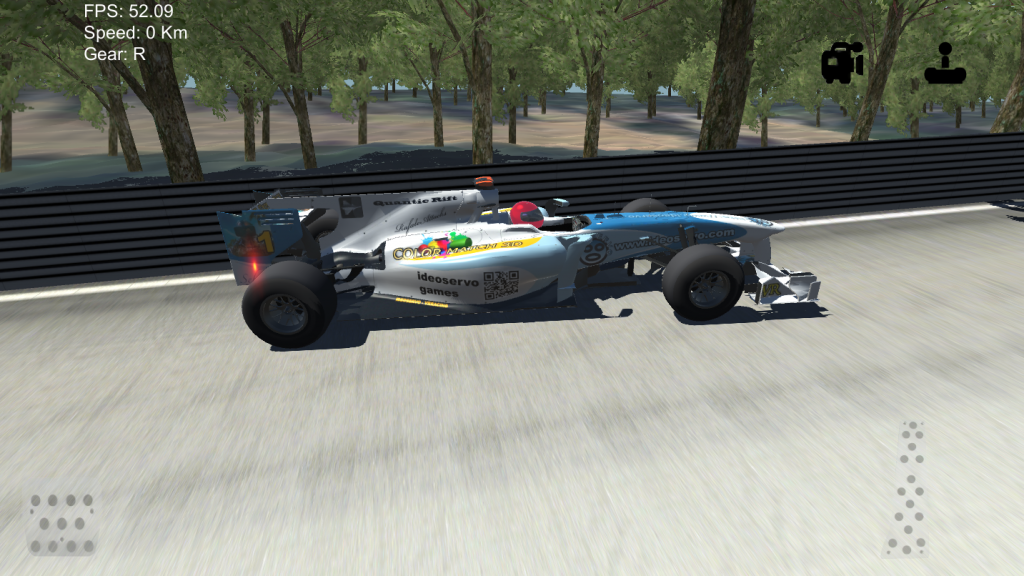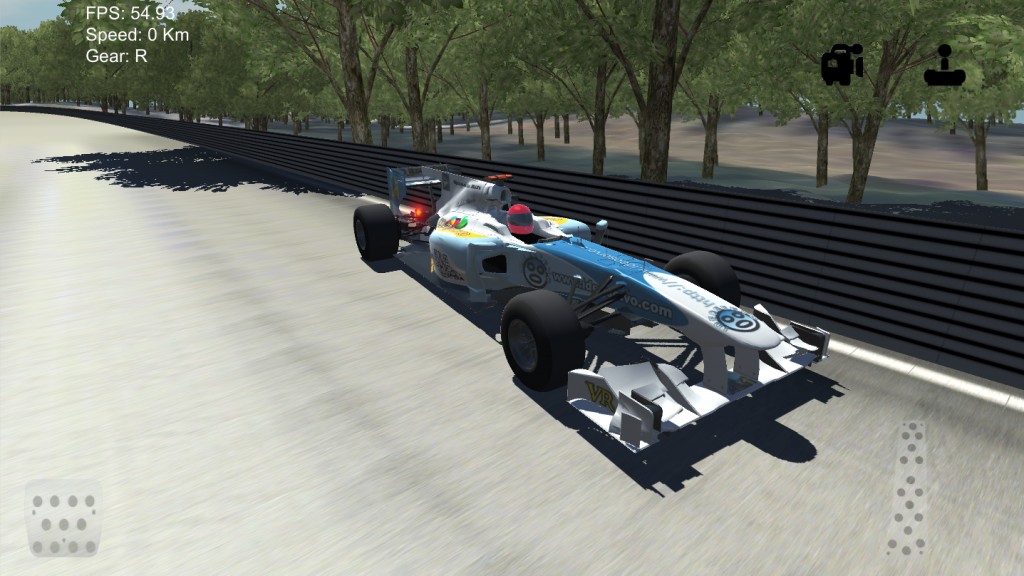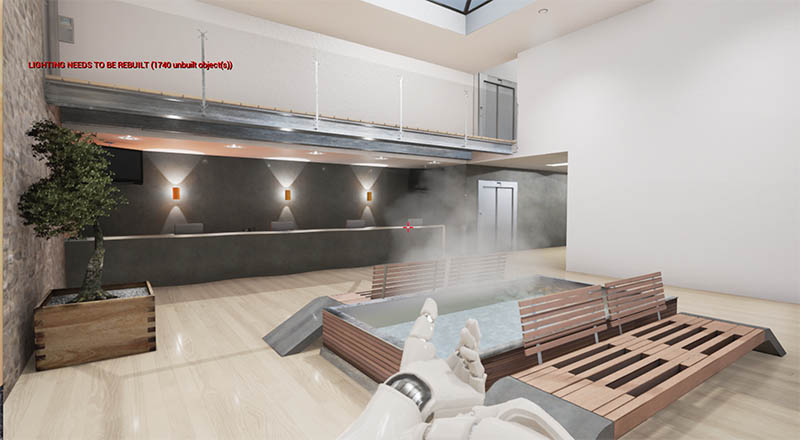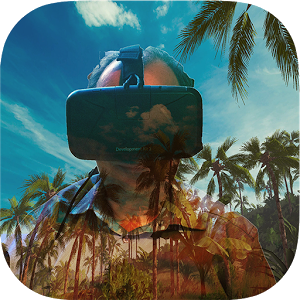Quantic Rift is still under development with Unreal Engine 4 (4.11) but we have achieved a lot of features (blueprints, C++ code, 3D content, animation and sounds):
Green; completed – Magenta: Gfx/Sfx to be enhanced – Orange: code to be completed,
- User interface
- Main menu
- Contextual menu
- HUD (life, energy, weapons)
- First Person Shooter system
- Weapons selection (Knife, Pistol, Shotgun, Assault rifle, SciFi rifle, Bazooka and grenade)
- Weapons and ammos pickups
- Lift system with in/out doors and cabin
- Inventory system
- Pickups (health, energy, ammos, poison, fire camp…)
- Contextual menu
- Drop item
- Keys and doors system
- 4 keys (red, green, yellow, blue)
- Generic doors
- Minimap (top view)
- Special effects
- Extinguisher smoke then explosion
- Footsteps depending on ground material
- Destructible items and FX (glass, computers, objects)
- Gamepad Input
- Character movement control
- Main and contextual menus control
- Characters
- 3D characters modeling (Mixamo and Poser)
- Animation (Mixamo and Poser)
- Basic IA (walk, run, follow path, follow player…)
- Open world first Level
- Two level Building
- Entrance
- Rooms
- Computer room
- SciFi Lab
- Car park basement
- Outside environment
- Tech map
- Level sub loading
- Two level Building
- Dialog system (work in progress)
The next steps will be the following:
- Finish dialog system
- Complete weapons animation (grenade, knife, change arms to human arms)
- Complete characters animation and IA + dialogs + life management
- Finish gfx of current level
- Resolve performance issues in current level
- Add new levels
Screenshots are following
